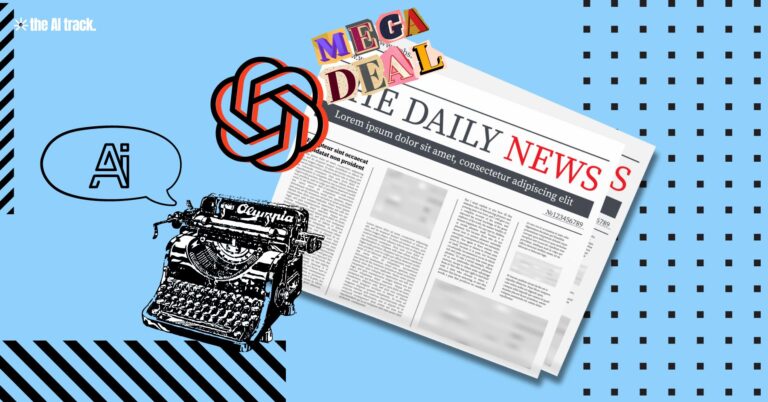The New York Times has introduced AI tools like Echo for tasks such as summarizing articles and generating SEO headlines, while maintaining strict editorial oversight to ensure human accountability in journalism. The rollout includes training for staff and guidelines for ethical AI use, even as the Times remains embroiled in a legal battle with OpenAI over copyright infringement.

The New York Times Embraces AI – Key Points
- AI Tools and Training:
- The New York Times announced the rollout of AI tools, including Echo, a beta summarization tool for condensing articles, briefings, and interactives.
- Staff received mandatory training on permitted uses, such as generating SEO headlines, social media copy, and interview questions.
- Approved tools include GitHub Copilot for coding, Google Vertex AI for product development, NotebookLM, ChatExplorer, and OpenAI’s non-ChatGPT API (with legal approval).
- Editorial Guidelines:
- AI is encouraged for tasks like brainstorming, research, and summarizing documents, but prohibited from drafting or significantly altering articles.
- Staff must avoid inputting third-party copyrighted materials, circumventing paywalls, or publishing AI-generated images/videos without explicit labeling.
- The Times emphasized that all journalism must be reported, written, and edited by humans, with AI serving as a supplementary tool.
- Commitment to Human Oversight:
- In May 2024, The New York Times adopted generative AI principles, stating that any AI use must begin with factual information vetted by journalists and reviewed by editors.
- The outlet reaffirmed its commitment to human accountability in a memo released earlier in 2024.
- Legal Context:
- The rollout coincides with The New York Times’ ongoing lawsuit against OpenAI and Microsoft, alleging unauthorized use of its content to train ChatGPT.
- Microsoft has countered that The Times is attempting to stifle technological innovation.
- Employee Skepticism:
- Some staff expressed concerns about AI fostering laziness, uncreative outputs, or inaccuracies.
- Tensions remain high between The Times and AI companies, exacerbated by Perplexity CEO’s offer to replace striking Times tech workers with AI tools.
- New Insights from Semafor Report:
- The Times’ internal AI tool, Echo, is designed for summarization tasks, such as condensing articles, briefings, and interactives.
- Staff are encouraged to use AI for generating SEO headlines, social media copy, and interview questions, but prohibited from using it to draft or significantly revise articles.
- The technical standards for what constitutes “significant revision” remain unclear, raising questions about enforcement.
- The New York Times’ editorial guidelines highlight the potential of AI to make journalism more accessible through features like digitally voiced articles and translations into other languages.
Why This Matters
- Efficiency: AI tools like Echo can streamline workflows, allowing journalists to focus on higher-value tasks like investigative reporting.
- Ethical Journalism: Strict guidelines ensure AI complements rather than replaces human judgment, preserving the integrity of The New York Times’ reporting.
- Industry Trends: The move reflects broader adoption of AI in newsrooms, raising questions about the balance between automation and editorial standards.
- Legal Implications: The lawsuit highlights the tension between AI developers and content creators over intellectual property rights.
- Employee Concerns: Skepticism among staff underscores the need for careful implementation to maintain trust and creativity in the newsroom.
- Accessibility: AI tools like Echo could make The Times’ content more accessible through features like voice narration and multilingual translations.
AI disinformation detection tools offer a powerful defense against fake news. This article explores 10 free tools that help fact-check, verify, and fight misinformation.
Read a comprehensive monthly roundup of the latest AI news!






